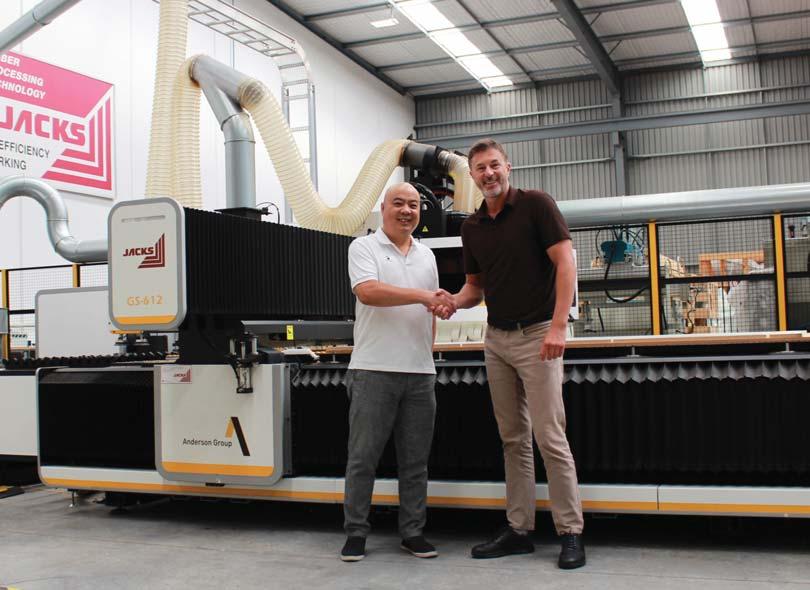
2 minute read
Concept 2012 go bullet speed ahead
Concept 2012 have had quite the evolution. From humble beginnings as the one of the first Chinese manufactures of cabinetry in New Zealand, they’re now one of the largest manufactures of cabinetry in New Zealand.
Founded in 1997 as Contemporary Furniture Group, they were originally based in Panmure Auckland. General Manager Jinyuan Wng started working in the business in 1998, operating the beamsaw and edgebander. Jinyuan purchased the business from the original owner in 2008.The change in ownership coinciding with him stepping out from behind the machines and into sales.
Fast forward to 2012 when a major restructure took place and move into a much larger 2500m2 factory in Ormiston Rd, East Tamaki. Capacity immediately doubled and by 2015 had doubled again. Since then, there has been a further 50% increase in production.
Concept 2012 focus on new builds, with 70% of their business coming from property developers.
Their cabinetry goes as far south as Christchurch and reaches across the Tasman to Melbourne and Brisbane. Jinyuan comments, “Concept 2012’s goal is not to be the cheapest but to offer the best value for money. Quality and service are just as important to our customers as price.”
Concept 2012 were one of the first Chinese manufacturers to invest in CNC technology. The progressive nature of the business has them upgrading their machinery on a regular basis. “Our machines are working constantly 8 – 10 hours per day, 5-6 days per week,” says Jinyuan. “Once maintenance costs start to increase, we look to replace or upgrade.”
Concept 2012’s latest investment is the Anderson GS-612 auto labelling, loading, and offloading nesting CNC. The Anderson GS612 uses similar technology as found in bullet trains. Opposing magnets in combination with lineal guides use forces of attraction and repulsion to move the machine in the X and Y axes. There are many significant advantages with this technology. The first is obvious: speed. Acceleration and deceleration are five times faster than CNCs that use conventional servomotors with a rack and pinion system. A top end speed of 120m/min is reached in just 60mm of travel compared with 300mm of travel in conventional CNCs.
Other advantages include no backlash so improved accuracy; no friction so reduced maintenance costs; and virtually no vibration so a better-quality finish, particularly evident on MDF profiled doors. Complementing the massive rapid speed advantage is the 11.2kW liquid cooled spindle with cutting feed-speeds of 50m/min in chipboard and 35m/min in MDF. The large 32 spindle drilling head rounds out the package.
These advantages add up when you measure productivity. Like for like comparisons of identical programs show a 30% productivity gain for the GS-612 compared to CNCs using conventional technology. “We are looking to increase efficiency and reduce 10 hours of work to just 7 – 8 hours,” says Jinyuan when talking about the decision to go with the
GS-612. “Service reputation from Jacks and Anderson was also very important in our decision-making process. We like that Anderson CNC’s are made in Taiwan. Not only do they have an excellent reputation for build quality and strength, if support or parts are needed from the manufacturer, Taiwan is available to Jacks on the same day compared overnight at best from Europe.”
Jinyuan is confident the market will remain strong over the next few years. He points to the trend of housing intensification, where the multiple, multi-level dwellings on previously single-dwelling sites flow through to significantly increased demand for cabinetry. With their latest investment in the Anderson GS-612, Concept 2012 are well placed to have a competitive edge. Quality and speed will ensure they can take full advantage of NZ’s booming property market.




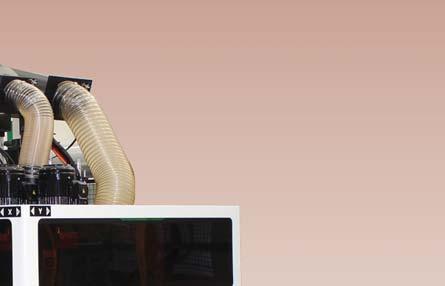

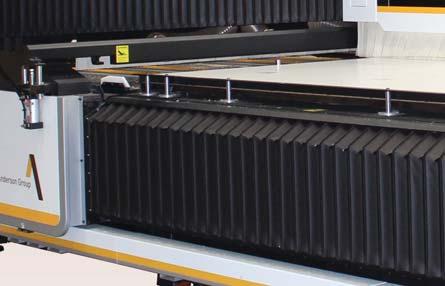
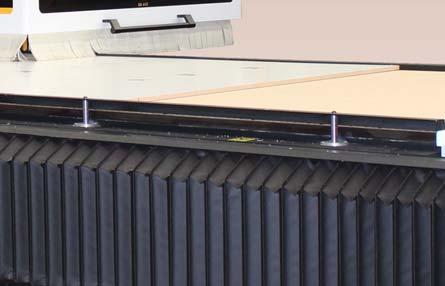
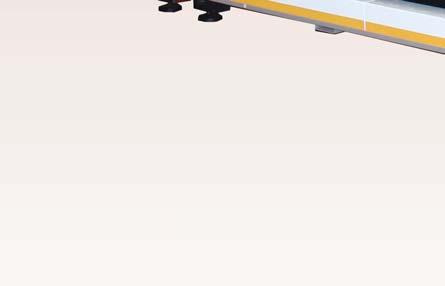

This constitutes a radical change for us, previously both our CNC’s were going full time, now we are only needing to run the Morbidelli for around 40% of the day.








